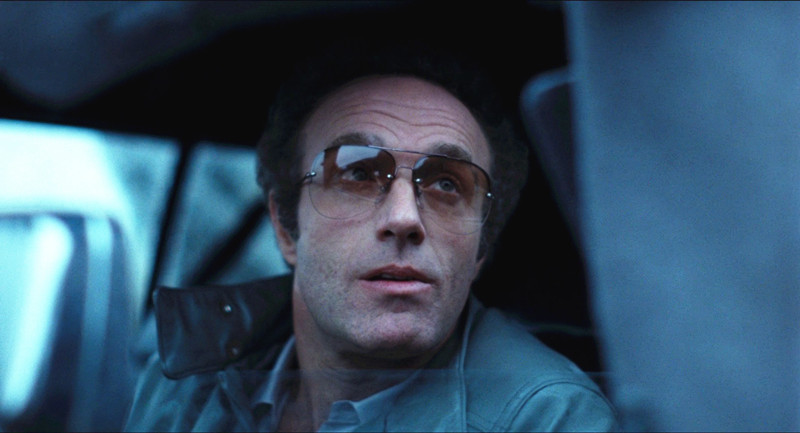
The 1980s. An odd time in film history. For many today, a nostalgic period. When it comes to film, it was a decade that saw the continual rise of the blockbuster, along with the swift death of the auteur director in Hollywood. Some interesting filmmakers worked within the genre realm to react to a changing political climate. Unique voices smuggled films under-the-radar, expressing their anxieties of the time.
It was also a time of technological innovation. International films would often serve as a counter balance to the new trends that were emerging. Also, pioneering new faces helped propel underground and independent cinema movements. Let’s take a look at ten overlooked masterpieces from world cinema from the decade.
1. Prince of Darkness (1987, John Carpenter)
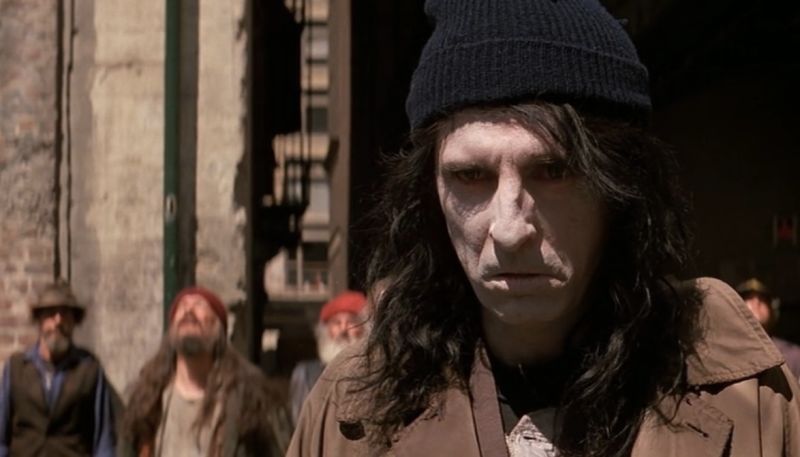
John Carpenter is synonymous with 80s aesthetic of Hollywood genre filmmaking. Although he never really reached much commercial success during the period, many of his films have garnered cult status over the years. “Prince of Darkness” is definitely a horror film. Carpenter’s genre mastery is clear but he’s also striving for something much more ambitious here. Some might argue that the budget wasn’t close to matching the ambition.
The most unique story element is the curious partnership of science and religion. This union comes about in order to understand and explain a mysterious liquid cylinder of ancient origin. Yeah…it’s an odd concept.
Donald Pleasance and Victor Wong are the highlights of the film, playing the priest and physicist, respectively. They’re at their most captivating when they have ideological debates in the midst of the creeping dread. The tone evokes one of the main concepts of the film: Mankind trying to establish order over the universe and how futile that could be.
Most of the film is set in a Los Angeles church, giving a claustrophobic feel that adds to the tension. The slow paced direction of the plot gives an unease that the dread is slow yet inevitable. Furthermore, Carpenter is a master of the anamorphic aspect ratio, creating interesting compositions with his cinematographer. Wide angle shots used in the format help build the horror. For example, there is a moment where a character is approaching the cylinder. The anticipation of the scare is stretched. Due to the wide angle frame, your eyes naturally scan the frame to see where the scare could come from. When the viewer might think nothing will come…boom, it catches you off guard.
There are gruesome moments of body horror in which a character gets infected by the liquid, causing her to swell up and her skin decay. Carpenter doesn’t forget to thrill and excite. He continues to play in the Lovecraftian Horror Sandbox. Finally, the ambiguous final shot gives the audience something to think about. Carpenter rarely shies away from his dark and cynical sensibilities. Mirrors play a big part as a visual motif. Is the mirror a reflection or is it a window to some ancient evil?
2. Thief (1981, Michael Mann)
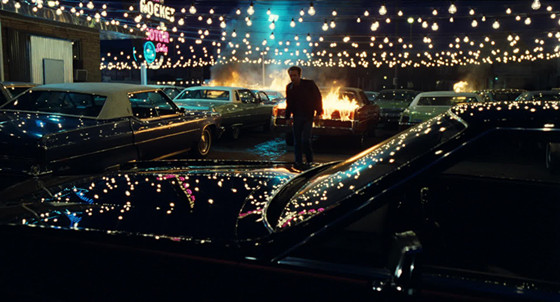
Michael Mann’s feature film debut left a mark on 80s cinema by confidently establishing a new style of filmmaking. One that would be imitated for many years to come. In some aspects, the film laid the style blueprint for Hollywood Films of the decade. What Mann does with Thief however, is blend the style of the cinematic techniques with a strong character piece played by James Caan.
The opening of the film shows Frank, played by Caan, and his crew of thieves performing a jewel heist. What’s of note from the opening is establishing Frank’s professionalism and expertise on the process of thievery. This is shown with practically no dialogue and over the Tangerine Dream Score in the foreground. The pure cinema of the rainy streets, the synth score, the vibrant use of neon colors and deep shadows all work to inform who Frank is and what he wants. It’s a bold statement for the opening.
Caan delivers one of his best performances as a man constantly on the move. As we find out in a great scene in a diner. He explains to Jessie, played by Tuesday Weld, he spent his formative years in prison and he has no time to waste. He wants to start a family with Jessie and wants to leave his life of crime behind after one final job. An exposition scene like this shouldn’t work, yet it is probably the most emotional scene in the film mainly due to Caan’s slight vulnerability and earnestness.
Another noteworthy aspect of the film is the subtextual storyline between Frank and Leo, a charming crime boss, played by Robert Prosky. Frank falls for his charm and takes an offer to lead a big job, which Frank sees as his last. Leo initially becomes a surrogate father figure to Frank but Mann touches on a morality tale, showing Frank’s consequences of selling his soul to the devil-like figure of Leo. Therefore, Frank must pay the consequences if he’s to confront the devil. Resulting in a final act that oozes with style but doesn’t betray the character drama.
3. Blow Out (1981, Brian de Palma)
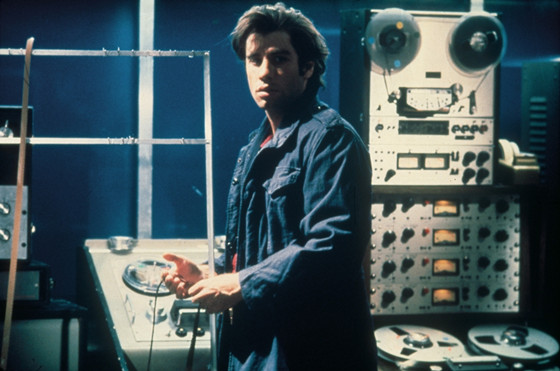
Brian de Palma’s follow up to his hit film “Dressed to Kill” did not perform well upon its initial release. It’s a relatively under-the-radar film when it comes to de Palma’s filmography. Especially considering that he made “Scarface” and “The Untouchables” during the same decade. It’s quite possible that the dour tone and bleak third act didn’t help its chances to garner an audience in 1981.
The film does a nice juggling act at being about filmmaking and telling a story in the thriller genre. John Travolta plays Jack, a sound man for a schlocky production company in Philadelphia, in one of his finest performances. He accidentally records the mysterious death of a politician while on assignment. His obsession is the driving force of the plot. Jack is convinced that the politician’s death was an assassination rather than an accident.
There are signature de Palma set pieces and if you’ve seen other de Palma films, you know that his style homages Alfred Hitchcock. There’s a scene that shifts between Point-of-view shots and objective shots of the murderous villain. As the villain preys on a woman through subway stations, the suspense is razor thin. There is a complete cinematic expression that de Palma indulges in with the set pieces.
De Palma was raised in Philadelphia. He was very specific with the locations shot. The city itself is photographed evoking a political backdrop as well as the historical context that the city represents. So, there is a juxtaposition of the celebration of American Iconography and a grim tone that de Palma was referencing out of the John Kennedy Assassination. Ultimately, de Palma is concerned with obsession and conspiracies. Will Jack’s desire lead to truth?
4. El Sur (1983, Victor Erice)
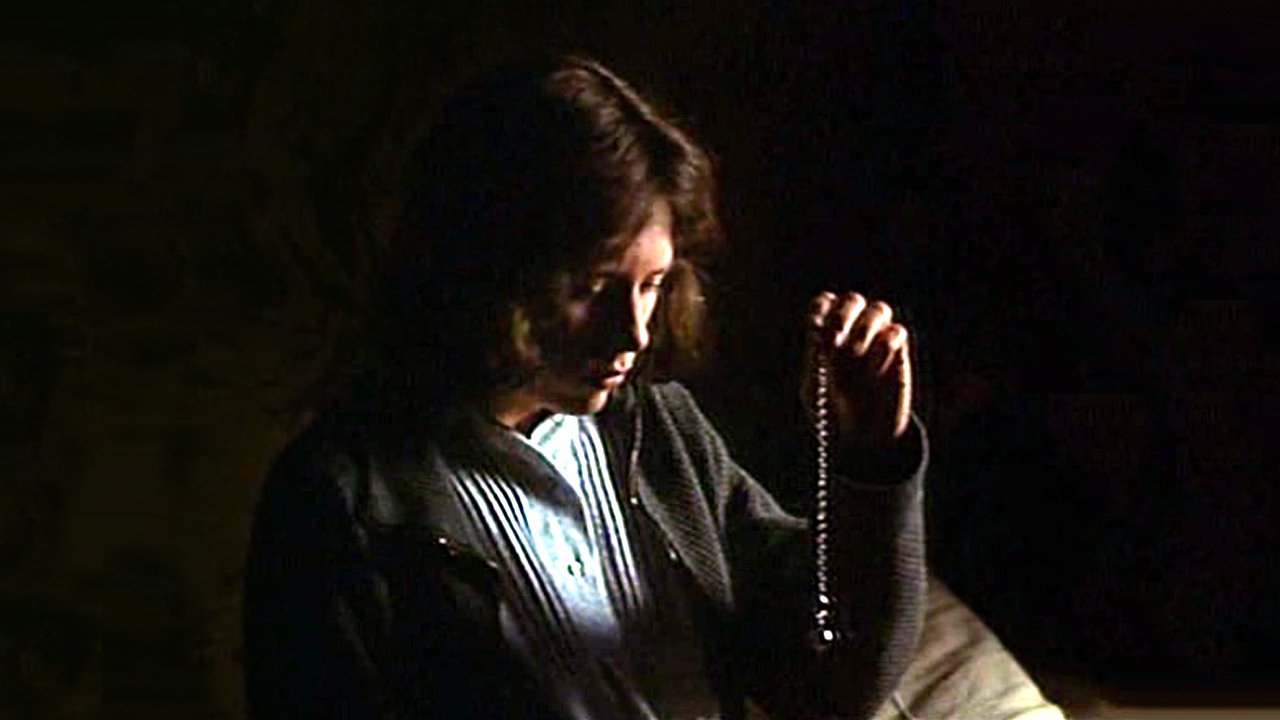
Victor Erice’s unfinished masterpiece from 1983 is an underrated piece of cinema. A film that shouldn’t be as specific in vision or poetic in it’s filmmaking. Erice planned to make a longer film but the funding fell through. In spite of the behind-the-scenes circumstances, “El Sur” reaches peaks never before reached in Spanish Cinema.
The film explores memories. Erice’s fascinated by childhood and how memories influence and shape us as adults. The story is told through the perspective of Estrella, a child in the North of Spain during the 1950s. Furthermore, it’s from the perspective of Estrella as an eight year-old and later, as a fifteen-year old that we see her recalling specific moments that shaped her.
Estrella Arenas lives with her parents in a beautiful house on the outskirts of a walled city but not quite on the countryside. Her father nicknamed the street where they live as “The Border”. One of the many allusions to geography throughout the film. Agustín, Estrella’s father, has a complicated relationship with his daughter. Agustín instilled a passion for imagination and wonder on Estrella. Thus, leading her to be curious about his mysterious past, specifically his early life growing up in the South of Spain. Estrella and Agustín are linked by totems of their pasts. Agustín has a small box of letters and pictures from his younger days. Estrella’s totem is a pendulum given by Agustín as a gift.
Erice and his cinematographer, José Luis Alcaine, sought inspiration for the lighting in paintings by Caravaggio and Rembrandt; while the composition was heavily influenced by Erice’s cinematic heroes of the classic period such as F.W. Murnau and Carl Dryer. The beauty in the lighting and staging is done with the pursuit of a lyrical quality. This, along with the beautifully realized father-daughter relationship, make the film transcend past the historical specificity of the story and into the sublime.
5. Next of Kin (1982, Tony Williams)
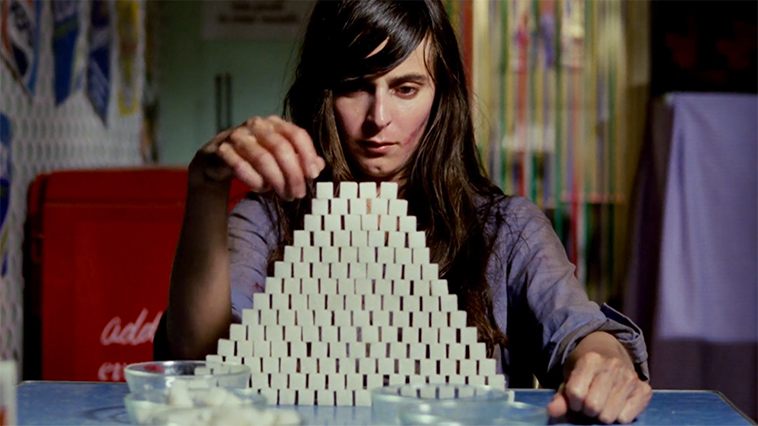
Australia’s hidden gem from the early eighties has one foot in the ghost story sub-genre while the other firmly in slasher trends of the time. Therefore, “Next of Kin” indulges in the tropes and subverts them to provide a thoroughly entertaining horror story. The editing is incredibly precise in building tension when relying on longer, creeping shots of the manor and contrasted with abrupt cuts to deliver a scare. It’s heavily inspired by haunted house films that came before it, such as “The Innocents” and “The Haunting.” More importantly, Tony Williams’ direction gives a grandeur that is mainly seen in larger-scale films.
The fluid tracking movements of the camera brilliantly place the viewer in a clear geography of the manor. Linda has inherited an old-folks home from her recently deceased mother. Strange occurrences take place shortly after her arrival. Linda’s forced to look into the occurrences and confront her mother’s past.
“Next of Kin” has a simplicity to it that is hard to not be wrapped up in the set pieces. A genuinely atmospheric and unnerving thriller. There is a mystery that doesn’t overcomplicate itself. Tony Williams is to the point with his direction and makes sure to imprint certain Images in your head that will remain with you.